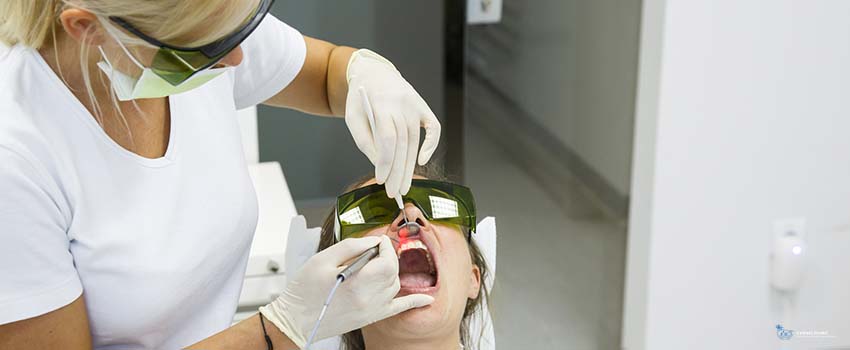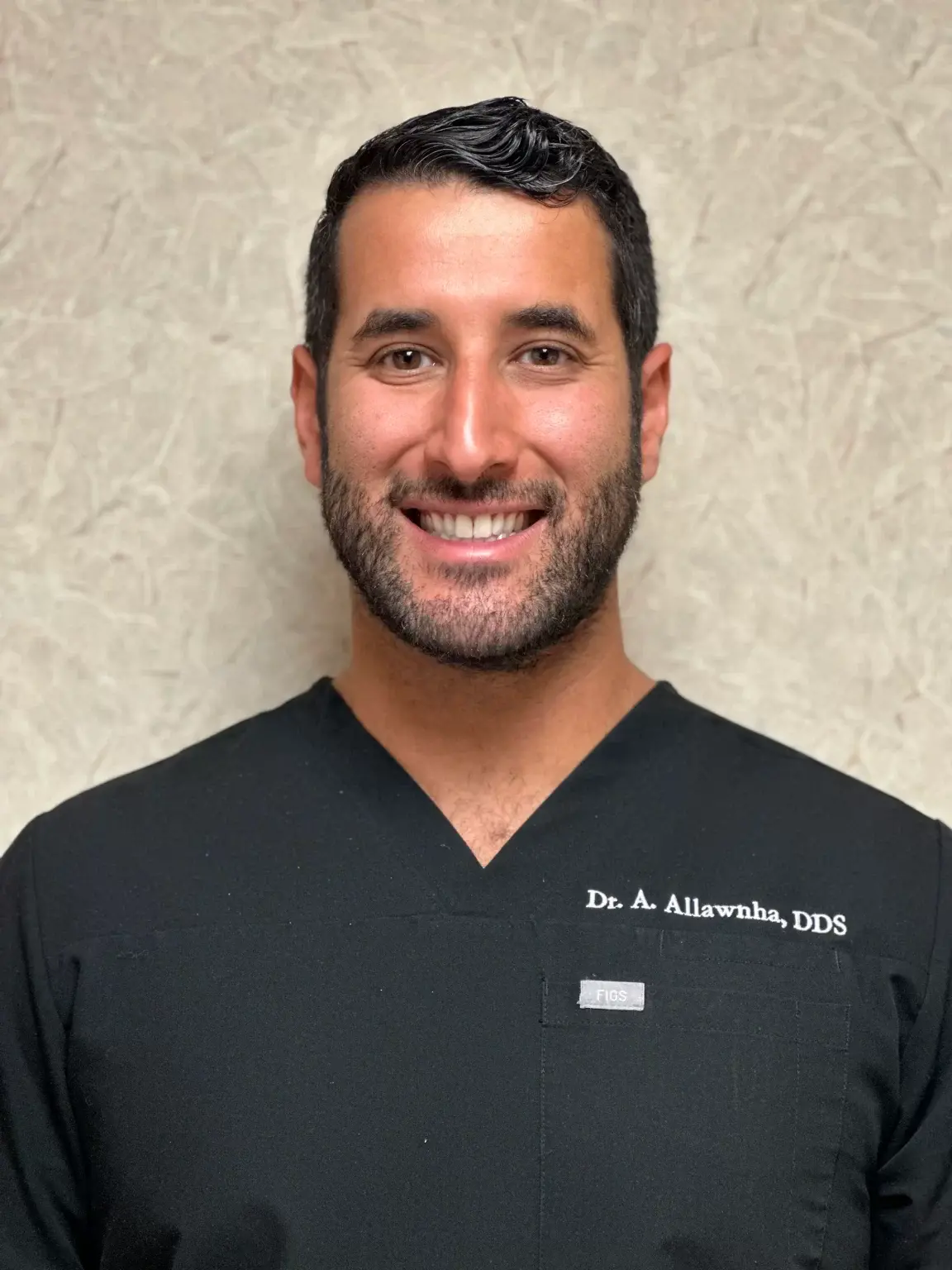The worst thing that most people think about when visiting the dentist is to have their teeth cleaned or a cavity filled.
No one thinks about oral cancer. You might not even know your dentist can screen for cancer in routine checkups. Sadly, most patients have their condition diagnosed when it has advanced beyond treatment.
Oral cancers are easier to treat if they are detected early. Regular visits to your dentist and doctor help them spot any suspicious changes, increasing your chances of a prompt diagnosis.
Researchers have recently developed a PCR test for cancer detection. This breakthrough might help give patients better chances to beat oral cancers. Learn more about it with Century Dental.
What Is Mouth Cancer?
Mouth cancer is a broad term referring to cancers that affect the mouth. It may look similar to common problems like white spots or bleeding sores. The only difference between these simple problems and potential cancers is that the changes do not go away.
Mouth cancers can spread to your throat and other parts of your head and neck if it remains untreated.
Some mouth cancer symptoms may include:
- A growth or lump in the mouth
- Loose teeth
- Mouth pain
- Difficulty swallowing
- Reddish or white patches inside the mouth
- Sores that don’t heal
What Are the Risk Factors of Mouth Cancer?
Although there is no known cause for oral cancer, doctors have identified risk factors that may increase your chance of getting it.
Some of the risk factors they have identified include:
1. Excessive Alcohol Consumption
Drinkers are six times more likely to develop this type of cancer than non-drinkers. Alcohol consumption combined with tobacco use increases the chances of getting oral cancer.
2. Tobacco Use
Mouth cancer is six times more common in cigar, cigarette, and pipe smokers than for nonsmokers.
3. Human Papillomavirus
Some HPV strains are etiologic risks for Oropharyngeal squamous cell cancer. A particular type of the virus is causing an increasing number of men, even healthy ones, to develop cancers in the throats and backs of their mouths due to oral sex.
4. Poor Diet
A low intake of fruits and vegetables and vitamin A deficiency increases the risk of developing oral or oropharyngeal cancer. In Asia, betel nuts are a popular snack that contains mild stimulants. Betel nuts also increase the risk of developing oral cancer.
5. Age
Oral cancers can grow for years without being detected; patients usually discover they have them after age 55. However, they may also develop in patients younger than 55.
6. Gender
According to the American Cancer Society, men have twice the chance of developing this type of cancer than women; the highest risk is for men over 50. In 2019, more than 50,000 Americans were diagnosed with this type of cancer.
What Are the Stages of Oral Cancer?
Here are the stages of oral cancer:
- Stage I: The tumor is less than 2 cm (cm) and has not spread to your lymph nodes.
- Stage II: The tumor size is between 2 to 4 centimeters and has not spread to the lymph nodes.
- Stage III: The tumor has grown to more than 4 cm in size and hasn’t spread to lymph nodes, or it has spread to one of the lymph nodes but not to any other areas of the body.
- Stage IV: Tumors can be of any size and have spread to other areas or tissues.
How Is Mouth Cancer Diagnosed?
Doctors or dentists begin by performing a physical examination, which includes a close examination of the floor and roof of the mouth, lymph nodes in the neck, cheeks, back of the throat, and tongue.
Your doctor may refer you to an ear and nose specialist (ENT) if they cannot determine the cause of your mouth cancer symptoms. If they find any suspicious growths, lesions, or tumors, they will perform a tissue biopsy or a brush biopsy.
A brush biopsy is a painless procedure where medical professionals collect cells from a cancerous tumor by brushing them onto a slide. On the other hand, doctors and patients perform a tissue biopsy by removing a cancerous tumor and examining them under a microscope.
What Can You Do to Detect It?
Here are ways you can play an active part in the early detection of oral cancer:
1. Conduct a self-exam.
Conduct a self-examination at least once a month. Take your cheeks and look inside your mouth, gums, and lining of your cheeks. Use a mirror and bright light to look at your gums and lips. Tilt your head back to help you see the roof of your mouth.
You may also pull out your tongue to examine its surface and the floor of your mouth. Pay attention to the back part of your throat and examine it for lumps and enlarged lymph nodes.
If your mouth appears different or you have any of the symptoms listed above, please call your dentist to confirm and seek mouth cancer treatment.
2. Visit your dentist every six months.
You should visit your dentist regularly. Small and dangerous sores are still tricky to find, even if you regularly do self-exams. The American Cancer Society recommends screenings every three years for individuals over the age of 20 and annually for anyone over 40.
Ask your dentist for an oral exam at your next dental visit. An early diagnosis increases the chances of successful mouth cancer treatment.
What Are the Treatment Options?
The treatment depends on the disease’s type, location, and stage. Here are some treatment options:
1. Surgery
The treatment of early stages often involves surgery to remove tumors and cancerous cells. It may also involve the removal of other tissues around the neck or mouth.
2. Chemotherapy
Chemotherapy is a treatment where medical professionals use drugs to kill cancer cells. They administer these drugs orally or intravenously. Most people receive chemotherapy as an outpatient procedure; however, some patients may require hospitalization.
3. Radiation Therapy
Patients may also choose to undergo radiation treatment. A doctor will aim radiation beams at the tumor once or twice daily, five days per week for two to eight weeks. Radiation therapy and chemotherapy are often combined to treat more advanced stages.
Medical Breakthrough: The Development of PCR Test for Cancer
The international research team at Queen Mary University, London, has developed qMIDS, a PCR test for mouth cancers that may help detect the disease earlier and potentially ease the immense pressure on the NHS.
Dr. Muy-Teck Teh invented the test and named it Quantitative Malignant Indicator Diagnosis System (qMIDS). It takes around 90 minutes and is very easy; all you need is the PCR machine for COVID testing, a technician, and a small sample the size of a half-grain of rice from the suspected area of a patient’s mouth.
qMIDS is non-invasive and could be quickly rolled out worldwide at a minimal cost. Professionals can also perform the tests on multiple sites if large areas in the mouth have lesions. With this PCR test mouth’s diagnostic accuracy, 90% of low-risk patients could be discharged and go to their dentist or GP for monitoring.
Professor Iain Hutchison, the co-study lead, stated that qMIDS significantly improve cancer management and prevention. It also saves lives and reduces health care costs. Dentists and surgeons around the globe can use this test to obtain minimally invasive tissue samples.
Experts now validated the test with patients from India, China, and the UK. The results have been published in the international journal called Cancers.
Century Dental Is Here for You
Protect your well-being by going to the dentist on a regular basis.
If you’re looking for a dentist in Madeira Beach, FL, choose Century Dental. We provide oral cancer screening services. With early detection, you have a better chance of beating the disease. Schedule an appointment today!





